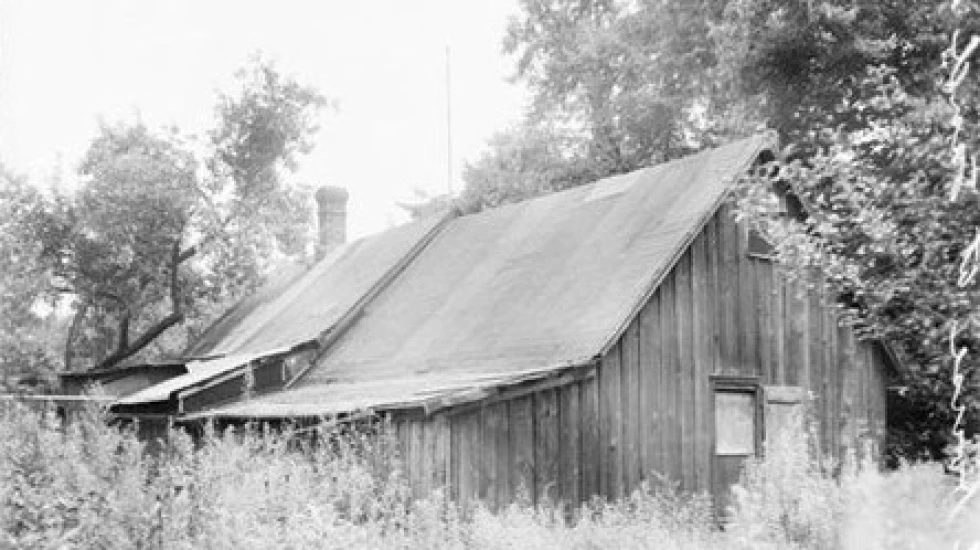
As published in the Chicago Daily News, sister publication of the Chicago Sun-Times:
On March 1, 1872, the United States established Yellowstone National Park as its first national park. Decades later in 1908, Fort Massac became Illinois’ first state-owned park.
And yet, for all the national trails, historic sites and monuments (one most recently established in Pullman) that exist here now, the state still lacks a national park in the same vein as Yellowstone.
Maybe that’s why the Indiana Dunes, which became a national park in 2019, have been drawing Chicagoans out of the city for generations. Beginning in 1908, residents could take the South Shore Line from the city to the dunes for a day of sunbathing and hiking to the top of Mount Baldy. Some outlaws even made the dunes their hideout while on the run.
In 1915, Chicagoan Alice Gray, a University of Chicago mathematician and free spirit, left her urban life behind and moved into a shack on the dunes where she would live out the rest of her days. An unusual sight — a 35-year-old woman living alone in a remote hut — Gray sought to protect her beloved dunes from development and earned the nickname “Diana of the Dunes.”
Subscribe to our Newsletter
Want more “This Week In History” content delivered to your inbox? Sign up for our Afternoon Edition newsletter for a rundown of the day’s biggest stories every weekday and a deep-dive into Chicago history every Saturday.
Gray fished and ate berries and built a shack and furniture from driftwood for shelter, according to the Historical Society of Ogden Dunes. She passed the time reading, writing in her diary and visiting libraries in Miller and Chesterton, Indiana, as well as museums in Chicago. Several fishermen first noticed her bathing in the lake and running naked to dry off on the beach. The reports that followed dubbed her “Diana of the Dunes” after the Roman goddess of the hunt.
A Chicago Daily News reporter first caught up with the elusive woman in July 1916. Asked if she planned to craft a novel from all of her diary entries, Gray deemed the idea “quite probable,” but clarified that “chiefly I am here to retain my health and because I love the life.”
The reporter also spoke to several former University of Chicago classmates and a professor, none of whom appeared to be surprised by her lifestyle. One student described her as “somewhat aloof and disinclined for the companionship of people.” Professor Willard Gore assured the reporter that Gray was “thoroughly capable of taking care of herself.”
To make money, she wrote book reviews for the Daily News and possibly other publications and spoke at events, hoping to drum up support for turning the dunes into a national park. In late spring 1917, “the hermit of the dunes,” as the Daily News called her, would be speaking at a two-day pageant supporting the national park initiative.
The Daily News regarded Gray as an expert, not a recluse or crackpot. A year after her debut in the paper, the paper announced it would publish her book review of “The Sand Dunes of Indiana” “as soon as Miss Gray can be induced to write it. Miss Gray goes to her mailbox so infrequently that the day and date of the forthcoming review can in no wise be guaranteed.” Between 1917 and 1919, the paper published four of her reviews.
Gray then dropped out of print for two years until she resurfaced under tragic circumstances. In 1922, the Daily News reported that she’d been injured and “is believed to be near death” after she and Paul Wilson, her husband (no marriage license exists, but the Daily News referred to him as her husband), encountered a watchman one night. The watchman “is said to have told the police that he was attacked by Wilson when he ordered him and Mrs. Wilson away from some cottages, where they were said to be loitering.” After Gray allegedly lunged at the watchman, he struck her in the head with his pistol then shot Wilson in the foot.
The elusive woman survived the injury, but she died three years later on Feb. 8, 1925. During her funeral on Feb. 11, an emotional Wilson threatened to shoot Gray’s nephew and a reporter, the paper said in an article published that day. Other mourners called the police, and they arrested Wilson at the Gary funeral home.
Gray’s body was buried in Oak Hill Cemetery in Glen Park, but her conservation efforts lived on. It took another 41 more years for Congress to designate the area a national lakeshore, and finally on Feb. 15, 2019, the dunes finally became a national park.







